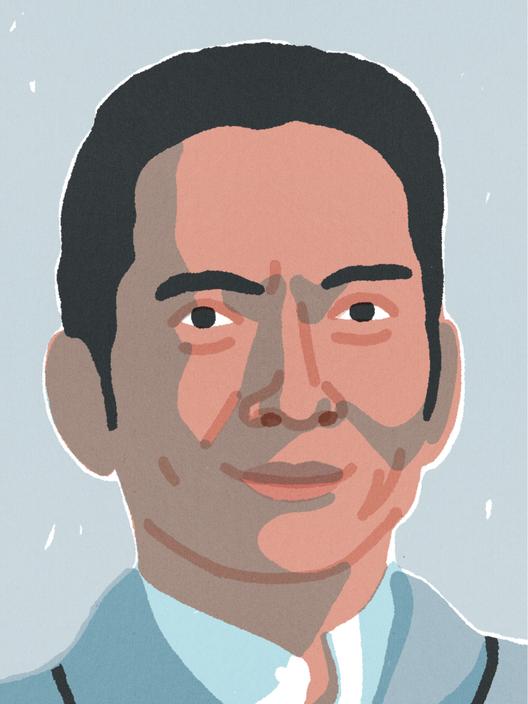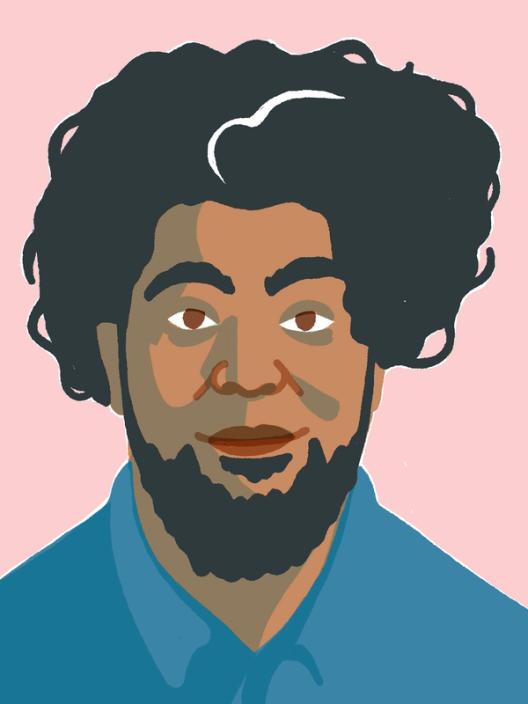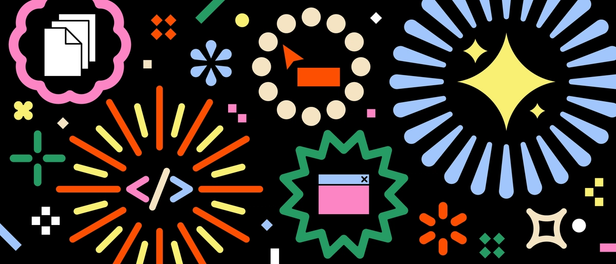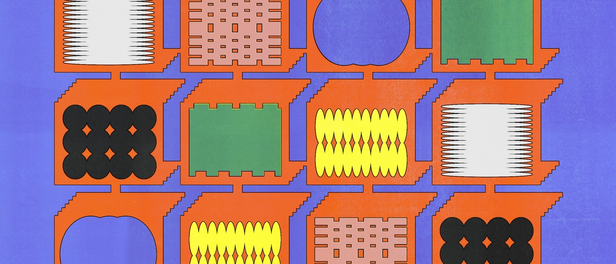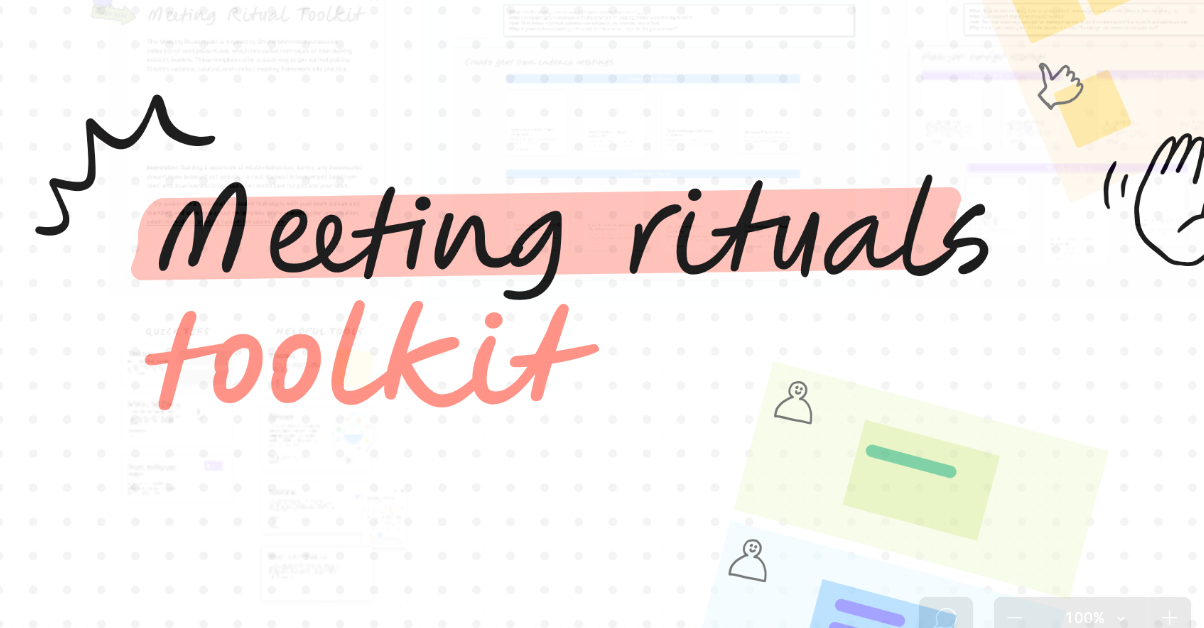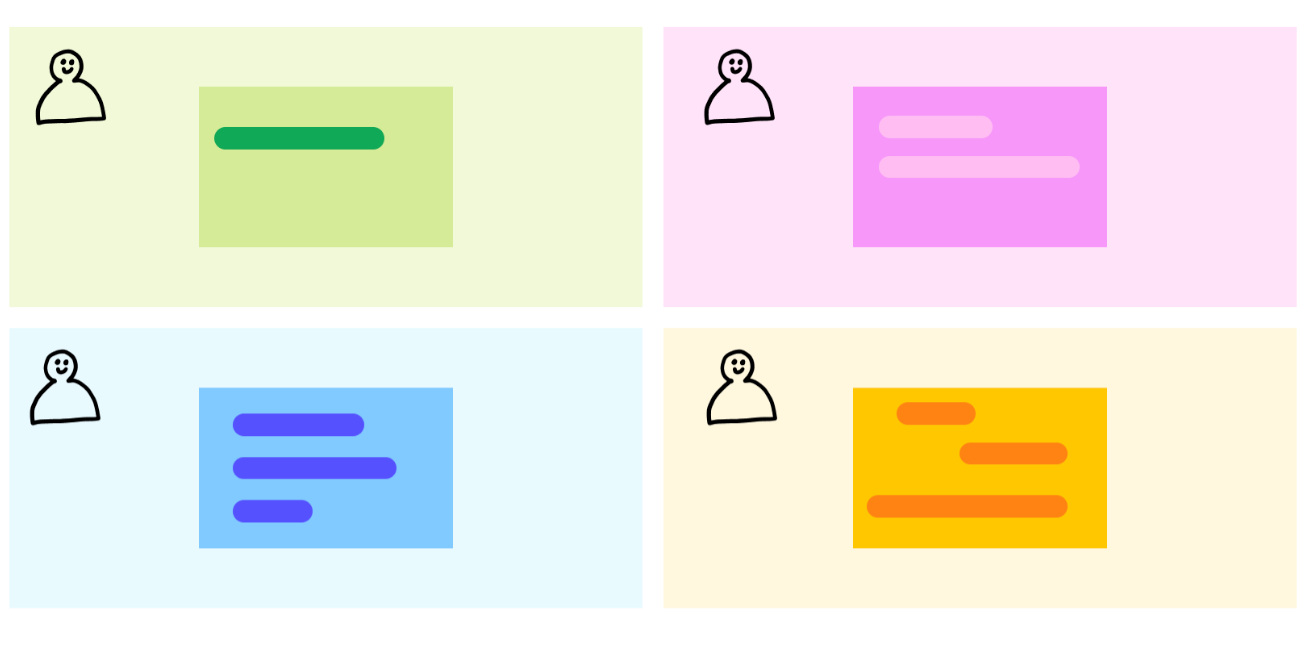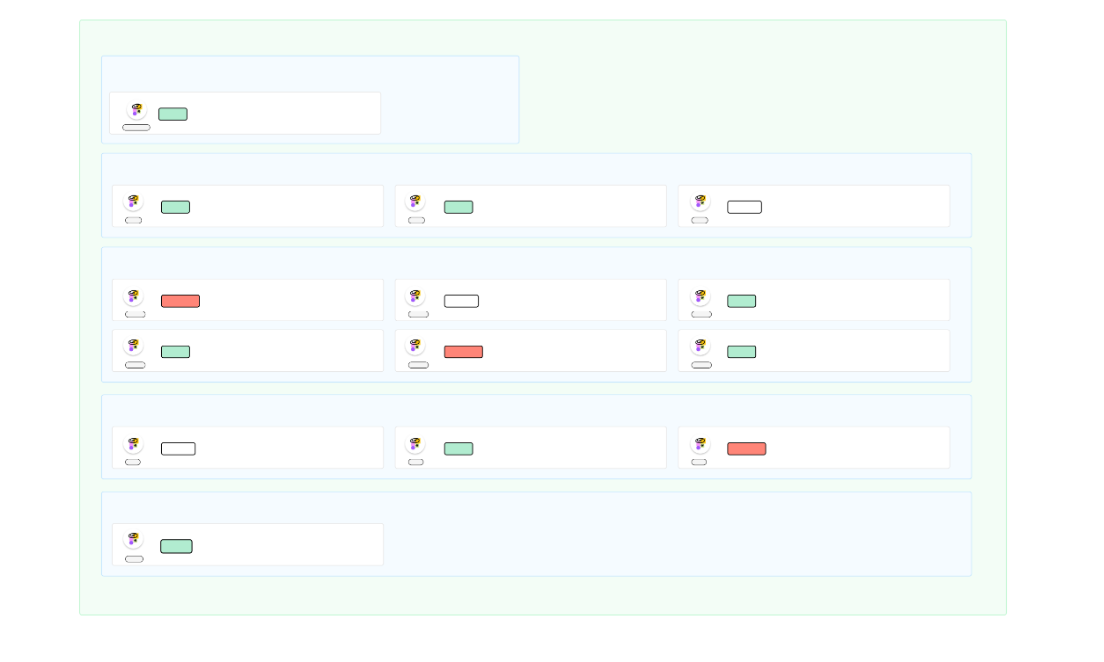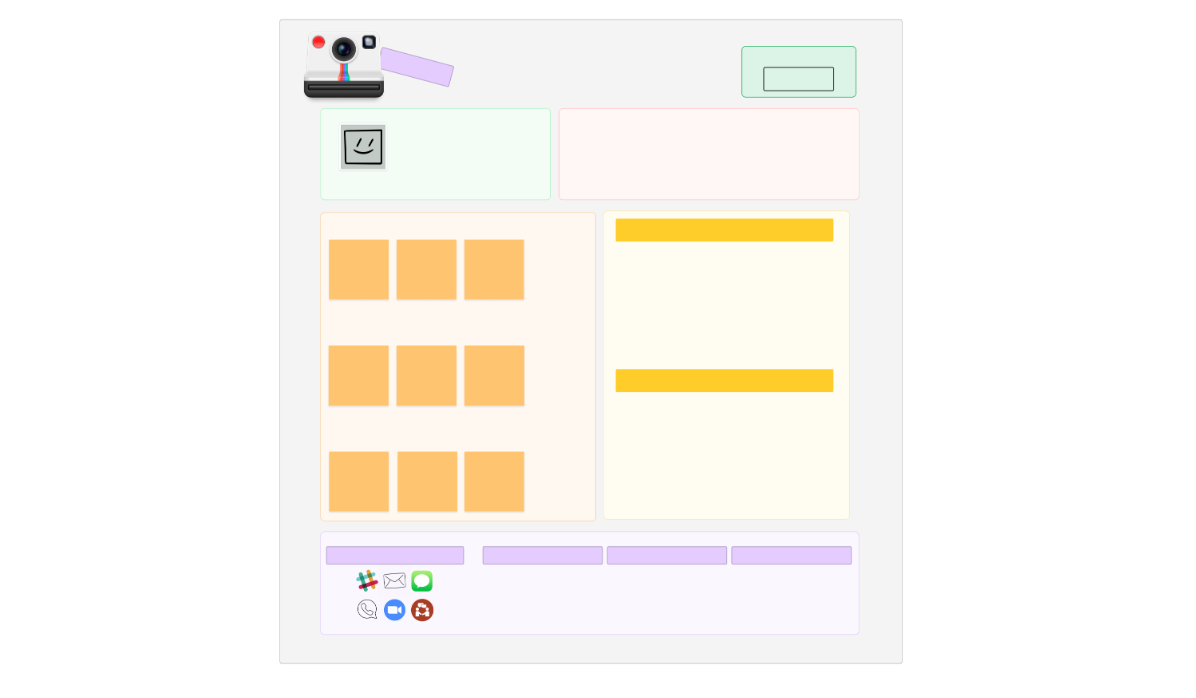Shishir Mehrotra’s 10 rules for leading great team meetings

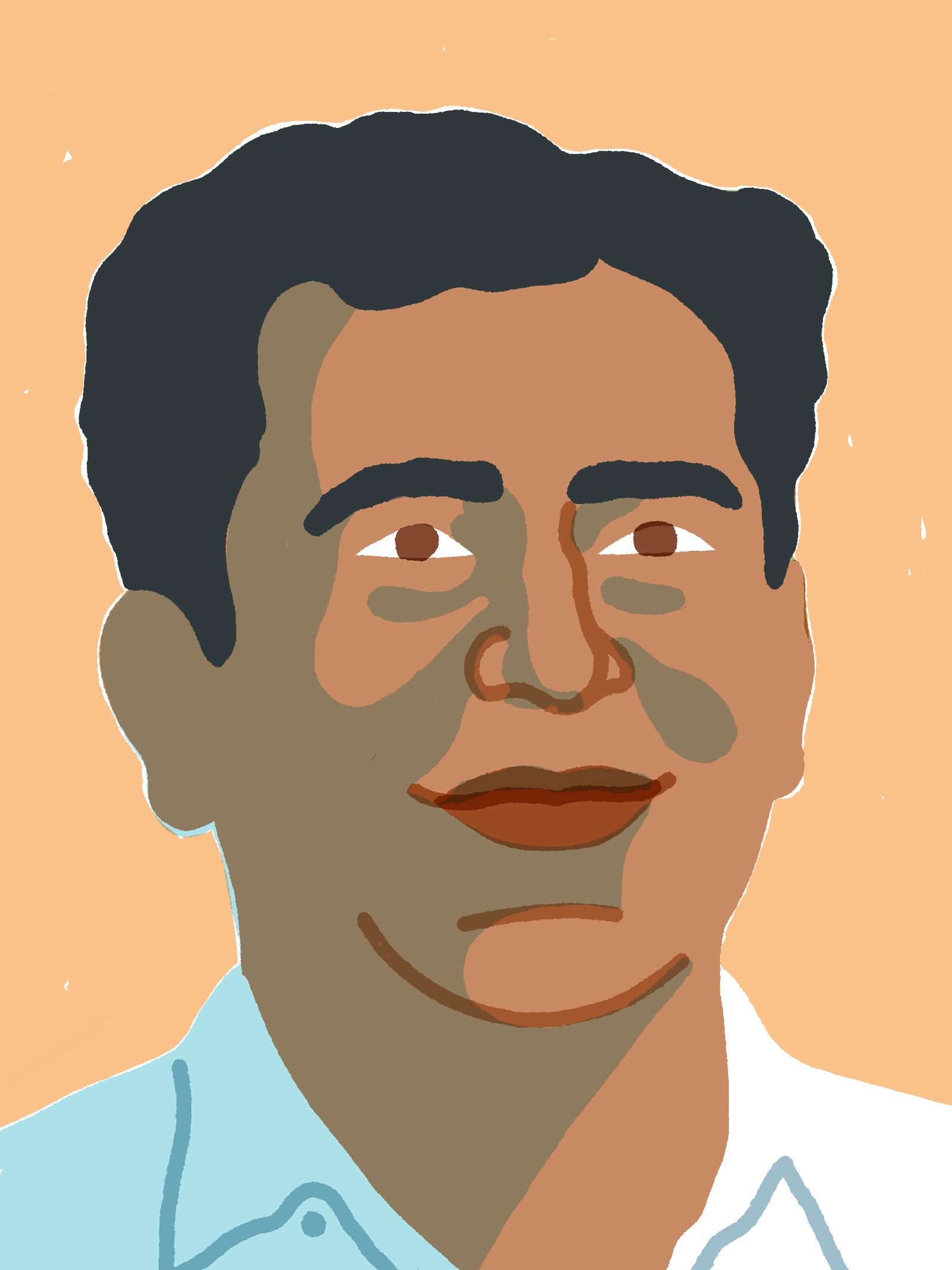
Coda Co-founder and CEO Shishir Mehrotra explains why the best product teams often put as much care into how the work gets done as what product gets shipped.
Hero illustration by Lorenzo Gritti.
Figma Chief Product Officer Yuhki Yamashita and I talked about rituals at Config 2023, Figma's annual conference; I'm told that the talk is one of Figma's most rewatched sessions to date.
In the world of product development, Shishir Mehrotra is a consummate collector—not of patents or C-suite titles (though as a product leader at Microsoft, Google, and now Co-founder and CEO at Coda, he’s amassed his fair share of both)—but of workplace rituals. Shishir became enamored with the idea when his friend and mentor Bing Gordon pointed out that you can tell if a company is worth its mettle by the quality of its “golden rituals,” which, he went on to note, are often marked by three core attributes:
- They are named
- Every employee knows them by the first Friday on the job
- They are templated
I decided to meet as many teams as I could to catalog the “Rituals of Great Teams,” a soon-to-be-published book. If you’re interested in reviewing the book before I publish, join the braintrust.
The idea stuck with Shishir. “I got pretty obsessed. I talked about it on some podcasts, and people started emailing me stories of their rituals,” says Shishir. “During the pandemic, when we all got trapped in our homes, I decided to run a series of biweekly dinners with interesting leaders to hear about their rituals.” It didn’t hurt that Shishir’s passion project also became a number one priority for product leaders and teams everywhere desperate to cure ailing company culture, run effective virtual meetings, and restore team building in a hybrid-work world. What he learned from these gatherings was that building a repertoire of reliable behaviors, norms, and frameworks doesn’t have to be a 0 to 1 activity. In fact, it’s often best to borrow from leaders and teams that have come before. Here, Shishir offers a few golden rules—which he’s collected from interviewing over 1,000 people (did we mention he’s writing a book!)—for rituals that will make your future meetings more effective, productive, and hopefully, a bit more enjoyable.
Rule #1: You are always building two “products”—the first is for your customers, the second is for your team
Dharmesh Shah, founder of Hubspot, really helped crystalize this idea for me, and I think he’s right. If you ask people to name this “employee product,” they would most likely call it “culture.” But if you ask them to really describe it, describe how it works in practice, they will immediately start describing the company’s rituals. And Dharmesh really convinced me that great companies and teams put as much thought into their rituals as they do their product.
Rule #2: Not all team meetings (or rituals) are created equal
I spent a bunch of time with Elise Keith, founder of Lucid Meetings, an organization dedicated to helping leaders run successful team meetings, to try and come up with a taxonomy for meetings. We landed on three. I think that you can slot every type of meeting into these buckets, and it’s important to have a healthy mix across all three.
Cadence meetings: These are your staff meetings, stand ups, or project syncs. They’re represented by a circle because they follow a natural cadence: You set goals, you execute, you reflect. They tend to be recurring with the same group of people, and like a circle, they keep things moving forward. A great cadence meeting comes down to one question: “Are we on track for the goals we set?”
Catalyst meetings: For these, picture your decision-making forums, product reviews, and design crits—they’re direction-changing. They serve as a catalyst for making progress. If you have too many of them, you'll probably burn out. A catalyst meeting tends to be decision focused: “Did we get an answer to our question?”
Context meetings: These can be everything from an All Hands, to an off-site, to new-hire orientations, and one-on-ones. Think of them as a foundation that you can build on. This type of meeting is primarily focused on establishing context, sharing information and insight, and building connections. Context meetings tend to have the broadest outcomes: “Did we come away better enabled to do our job?”
If you ask people to name this ‘employee product,’ they would most likely call it ‘culture.’ But if you ask them to really describe it, describe how it works in practice, they will immediately start describing the company’s rituals.
Here’s a snapshot of our Cadence, Catalyst, and Context meetings, along with templates to get you started:
Rule #3: Moonshots aren’t landed in a day, so gear up for the long haul
JFK made a provocation in 1961 that we were going to put a man on the Moon by the end of the decade—a really bold statement that motivated an entire country around a common goal. So how did he make sure that we were actually going to put a man on the Moon by the end of the decade? He scheduled a weekly meeting with the head of NASA. This is a classic cadence meeting.
Cadence meetings can be an effective way to move work forward, but they’re rarely the most inspiring. In fact, I hosted a discussion with 50 people from 50 different companies and asked people to write down what their cadence meetings feel like. Their immediate responses were things like “these meetings are boring,” “they’re a chore,” “they feel inhuman,” and probably the worst, “they feel like something I have to attend instead of want to attend.” But when I interviewed the best teams, they had created some unique rituals to combat this and drive employee engagement.
Rule #4: Decide whether you want to thread the needle or weave a tapestry
One of my favorite cadence rituals from YouTube is called Bullpen, and the idea is simple: Set up a 90-minute time block, invite the leadership team, and intentionally supply no meeting agenda. Very quickly, small groups would form, and many, multi-threaded conversations emerge at once. It was a perfect sponge for absorbing those ad-hoc five-minute conversations that can easily turn into boring single-threaded topics in a meeting, or into separate 30 minute ad-hoc meetings that always seem impossible to schedule and eat away your time.
At Coda, these Bullpen meetings are typically for smaller groups. They can even be impromptu one-on-ones and are typically no larger than seven or eight people.
This became really popular, and we started running Bullpen multiple days per week in lieu of other meetings. This ritual spread throughout Google and to other companies as well. Interestingly, when we started Coda, we wanted to create a similar format, but we are a distributed team, so just putting our entire team in “one room and letting them self-form” wasn’t going to work. We ended up building a new workflow that has scaled well: People list out topics and indicate who they need and a guess at the length of time needed to discuss. These groups are no bigger than seven or eight people. It even has a fun way to highlight conflicts, so people can order discussions, and because it’s all organized in a table, we’ve been able to measure the impact of this initiative. At a recent Bullpen, the team covered 30 topics in a single hour. That’s really the value of being multi-threaded.
Rule #5: Remember that great ideas can come from anywhere
This template offers a look at the Dory/Pulse in context. (And yes, in case you’re wondering, Dory is named for the fish in “Finding Nemo” who asks all the questions.)
Dory/Pulse is my favorite Coda cadence ritual: When we have questions and discussion topics, rather than raising our hands or trying to get a word in, we add our topics to a “Dory” and we upvote/downvote the topics. The second part is “Pulse,” which is how we get feedback and alignment. We ask meeting participants to write their view on a particular decision. This could be anything—should we ship this feature, should we hire this person, buy this company, etc.? Everyone puts in a numerical score to represent their alignment and a written description of why. We hide everyone’s Pulse response until everyone is done answering. That’s how we combat groupthink.
Rule #6: Power up by resetting
“Reset” is a ritual that Ariana Huffington adapted from Stripe’s “spin the wheel” process, but with a unique twist. Her new company, Thrive, is based on a lot of her research into neuroscience. She’s learned that we can completely change our brain orientation with a 60- to 90-second “Reset.” Her “Reset” is a breathing exercise, accompanied by a video montage of her family, her hometown in Greece, her favorite quotes. She can play this for herself at the start or the end of the day, or in stressful moments. She turned this exercise into a broader team ritual. Every person on the team creates a “Reset” montage with images, sounds, and words that help them stay grounded. At the start of a meeting, her team picks someone at random, and they play their Reset. This has two different impacts: First, it serves as a team meditation exercise at the start of a meeting. It gets everyone in the right mindset, which is a key cultural value for Arianna’s team and their customers. Second, it works like an icebreaker—everyone learns a bit about each other and forms a human connection.
Rule #7: Get the right people in the room
Catalyst meetings are focused on a particular topic—a discussion that needs to be a decision, or a big question that needs to be explored more deeply. You might be wondering, how is this different from a cadence meeting? Why can't you just make decisions at your staff meeting or at your team stand up? The problem with co-opting a cadence meeting is that it often has the wrong people in it. When you're trying to make a product decision, maybe the entire exec team doesn't need to be there. More likely, the people who actually understand the nuances aren’t there. We've found that the best teams actually have a separate forum for decision making, and here's the catch: These decision making forums have no standing attendees. Too often, meetings called "Product review" or "Launch review" grow bloated, and the sheer number of attendees cause more friction, rather than helping to unblock a workstream. Instead, we have removed standing attendees and invite only the people who are absolutely necessary for each decision. This ensures that meeting owners have the right people in the room to make decision making as efficient as possible for that topic. As a result, we've been able to 10x our decision making volume.
We've found that the best teams actually have a separate forum for decision making, and here's the catch: These decision making forums have no standing attendees.
So once you have a separate decision making forum, then what? How do you actually make this meeting effective? The most important thing is framing the problem, and a lot of teams actually have rituals that help standardize these decisions—the most famous example of this is the Amazon press release and FAQ. The idea here is that before you write a single line of code or open Figma, you actually write a press release to validate intent, and answer any questions the customer might have about the product decision. This forces the team to consider the customer’s perspective and whether they would be compelled to try the product. Working backwards in this way allows the team to make adjustments and improvements before it’s too late. This approach of creating a distinct catalyst forum is similar to Square's Spade template or Zoom's root cause reasoning write-up.
Rule #8: Ask the right questions to get the right answer
The name Eigenquestion is completely made up. But for those of you that want the source, it comes from a math concept of eigenvectors. The math majors in the room will remember that an eigenvector is the “most discriminating vector in a multi-dimensional space.” But you don’t really need to know the math.
The Eigenquestion is another tactic to help validate and expedite decision making. When you rank a set of questions by urgency or impact, this framework re-ranks them and focuses on the one that is likely to answer most of the others first. This process can be really powerful. Rather than spending most of your time looking for the right answer, you can instead focus on asking the right question first.
Rule #9: Harness the Braintrust
The Pixar Braintrust is a group devoted to sharing candid feedback. “Creativity, Inc.”—excerpted here by “Fast Company”—dives into the structure of the Braintrust and why it’s so powerful.
This template can help you run the exercise with your team.
Here’s a fun fact: Since 1979, Pixar has created 24 feature-length films and earned 23 Academy Awards®. What’s the secret to their success? Is it one particularly talented individual? A piece of unique hardware or software? Something about the food they eat? No, no, no. When you ask anyone from Pixar about this, they always talk about a ritual: the Pixar Braintrust. It’s a simple idea—when you’re making a film at Pixar, you regularly schedule screenings with a group called the Braintrust. They all watch the movie together and listen for each other’s reactions. Someone carefully makes note of when the audience laughs, when they cry, and how much. And afterwards, there’s a very frank discussion with the Braintrust. Much of that process is amazing, but probably feels distant for those who don’t make films for a living. More than anything, the name really stuck with me. Braintrust. I’ve always struggled with role taxonomies like RAPID, DACI, and RACI because they all start with the idea of an explicit “approver,” and it’s just so easy to have that disempower the truly responsible driver. But at Pixar, this role was clear—the Braintrust doesn’t approve anything. In fact, you’re not even required to take your film to the Braintrust. And yet every filmmaker does—on average a movie does eight Braintrust screenings before release. At Coda, we renamed our Approver role to Braintrust. We wrote down a set of principles, like “Add Lift not Drag.” We don’t want people to dread these reviews or these reviewers—feedback is a gift, and we want to make sure it’s seen that way.
Rule #10: 10x the one-on-one
People don't often think of one-on-ones as a context meeting. They think of them as a place to unblock decisions, or check in on progress, and they miss that one-on-ones have a much more important purpose for a manager to coach employees on how to grow. One of my favorite context rituals comes from Jenny Emick, a design lead at Square who recrafted the classic one-on-one meeting. Jenny kept hearing complaints from designers that they only got meaningful career feedback during the performance review cycle. This is objectively a terrible time to have a meaningful career conversation—it’s so full of pressure already. Moreover, Jenny’s view was that this should be much more of a continuous conversation, not just 2x per year. She decided to look at how the design team was doing one-on-ones with their managers. They all looked the same: Every employee had a standing meeting with their manager, and in most cases, there was a document that went with it. It was often what she called “a forever scroll” Google doc. It had a pattern of date, notes, date, notes, date notes that went on and on for about 60 pages.
Jenny decided to try a new approach. She constructed a new agenda template, in Coda this time, with separate pages for different parts of the one-on-one discussion—meeting notes, goals, as well as a separate page for career development, to focus on coaching. It was a good way to force a more regular discussion on where the team member is headed, and help coach them on their path. One of my favorite things about Jenny’s template: At the very front of the doc is a page called “partnership agreement,” where the team member and manager write down their expectations for each other. I love this because it is sort of a meta ritual. By encouraging every employee and manager to craft their own partnership, it signals that every employee manager pair is unique. There is no perfect one-on-one and it is very important for that pair to develop their own way of working together, their own unique one-on-one rituals.
Want to learn more about what makes great teams tick? Watch Shishir and Figma Chief Product Officer Yuhki Yamashita’s Config 2023 talk, and sign up to learn more about the Shishir’s forthcoming book, “Rituals of Great Teams.” For more ideas to get started leading better meetings, check out Coda's recently published handbook for product teams and be sure to try out Coda for Figma.
Related articles

